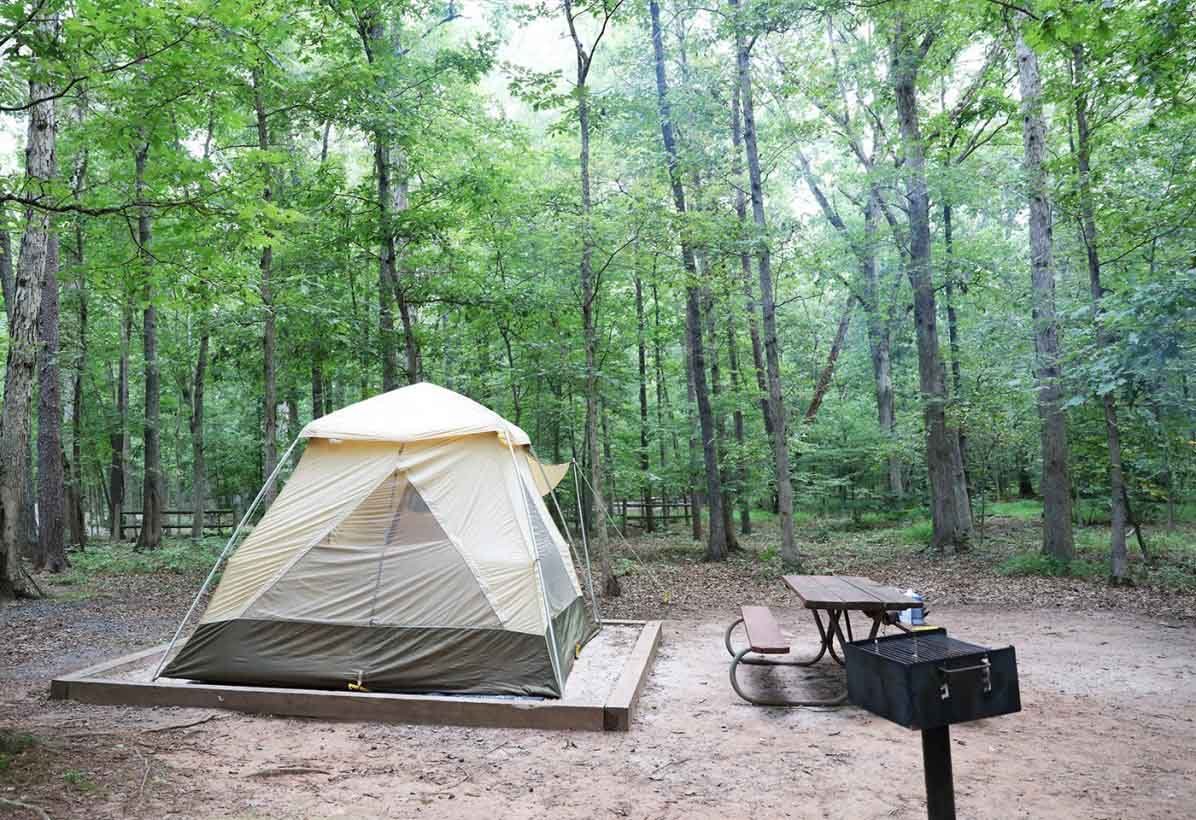Published Articles
Carlyle Connection - Fall 2013
The summer of 2013 marked the renewal of an active approach to managing the archaeological collections at Carlyle House Historic Park. Restoration activities in the early 1970s, including the excavation of multiple features located on site, generated thousands of artifacts composing the Carlyle House archaeological collections. These artifacts were processed and catalogued in the late 1970s, and stored in the attic at Carlyle House. Since that time, the archaeological artifacts unearthed on the grounds of the Carlyle House have been largely forgotten.
John Carlyle's Library - December 2013
The books in John Carlyle’s library are much like his letters. They provide some tantalizing insights into his character but in the end the picture of who he is remains incomplete. By merely counting the contents of his library as recorded in the 1780 inventory taken by his executor and son-in-law William Herbert we can learn that he owned 235 volumes. Unfortunately, their titles and the names of their authors are mostly missing. However, some of those that are identified are impressive.
Carlyle’s “cat in the wall” and “Witch Pots” - November 2013
While renovating her home at Clay Coton, Northamptonshire; Carolyn Kokta found a “Witch Pot” with strong connections to the Carlyle House “cat in the wall.” The “witch pot” was hidden deep inside the inglenook, a recess next to her open fireplace. Besides the heavily corroded parts of a metal pot, there were scraps of clothing, including what appeared to be the remnants of a sleeve and what were definitely the fingers from someone’s glove.
John Carlyle and George Washington: Founding Alexandria through Friendship, Family and Business Part 2 - August 2013
This article is part two of two. It was originally a presentation given by Carlyle House Curator, Helen Wirka, in February 2013 for the “Agenda: Alexandria” meeting that took place at the Holiday Inn on Eisenhower Avenue in Alexandria, Virginia. Although Carlyle and George Washington were family and friends, they would also take advantage of social opportunities to talk business as well. On the same snowbound visit, mentioned in the previous article, that John and Sarah Carlyle made to Mount Vernon from March 12-15 in 1760, Washington recorded in his diary that “Mr. Carlyle and his wife still remained here. We talked a good deal of a scheme of setting up an Iron Work on Col. Fairfax’s Land on Shenandoah…”
John Carlyle and George Washington: Founding Alexandria through Friendship, Family and Business Part 1 - June 2013
Not very many people know about the role that John Carlyle, Merchant, Alexandria, had in George Washington’s world, or how close the two families were. On a tour at the museum one time, I had a visitor ask me a not-so-surprising question: “When George Washington visited the Carlyles, did he sleep in the finest room of the house and have his host and hostess give up their bed?” The short answer to this question is “No.” The slightly longer one is this article (published in parts one and two). Our first president was often a visitor to the home of Mr. and Mrs. Carlyle, but he did not become the famous leader and president until many years into their friendship. It was 9 years after the passing of John Carlyle that Washington became president. During the time that he was growing and learning and becoming that great man, Washington was a local Alexandrian who likely looked up to his friend, relative and business associate, John Carlyle.
Richard Arell and John Carlyle: Parallel Lives in Early Alexandria - May 2013
Although the name Richard Arell is not known to many in Alexandria today, Arell probably was well known to the city’s residents in the late 1700s. When he is remembered today it is for owning Arell’s Tavern on the Market Square site and for donating property for the Presbyterian Meeting House burial ground and Meeting House. Another reminder of Richard Arell is the street sign “Arell Court” at the entrance to a residential development near the intersection of Duke Street and North Quaker Lane. The Office of Historic Alexandria confirms that Arell Court was named for “the prominent 18th century Alexandria family.” Arell’s commercial ventures and civic involvement in the late 18th century connected him to such notable Alexandrians as John Carlyle, George Washington, George Mason, and William Ramsay.
Sanborn Insurance Company Maps - April 2013
Maps have always been an important resource. Maps show where things are, how to get to places, property lines, boundaries, how land wealthy someone may be, and how things have changed over time. Maps also come in many varieties: town plats, bird’s eye view maps from the late 19th century, atlases, and globes. However, there is a category of maps that has largely gone unnoticed and unappreciated for its value to researchers, historians, and map enthusiasts alike: Fire Insurance Maps.
George II: John Carlyle’s King - March 2013
When George II became the British monarch in June 1727, after the death of his father, George I or George Ludwig, John Carlyle was only 7 years old. George II would reign until October 1760 and he would play important roles in such events of concern to John Carlyle as the Jacobite rebellion in 1745, during which Carlisle was occupied, and the Seven Years War, or what is also known as the French and Indian War. And it would have been King George II that General Braddock toasted during his 1755 stay in the Carlyle House.
African Americans and the War of 1812 - February 2013
A special thanks goes to Kyle Stevenson, a Sophomore at Morehouse College in Atlanta, GA. An Alexandria native, Kyle assisted me last summer by researching the role of African-Americans during the War of 1812 and the surrounding rhetoric and imagery. His research will be included in Carlyle House’s upcoming War of 1812 exhibit later this summer.
John Carlyle and the Founding of the Presbyterian Meeting House - January 2013
During the 1700s in Virginia, the Anglican Church was the established church. Presbyterians and other Protestant dissenters were subject to rules regulating their worship services. They could meet only on certain days and in certain designated places called meeting houses, and could not meet at night. During meetings, doors had to remain open at all times and in all weather. The Alexandria Presbyterians met in the Assembly Hall located on the northeast corner of Market Square, at the junction of Fairfax and Cameron Streets. An historic plaque on the brick wall on the Fairfax Street side marks that location.


